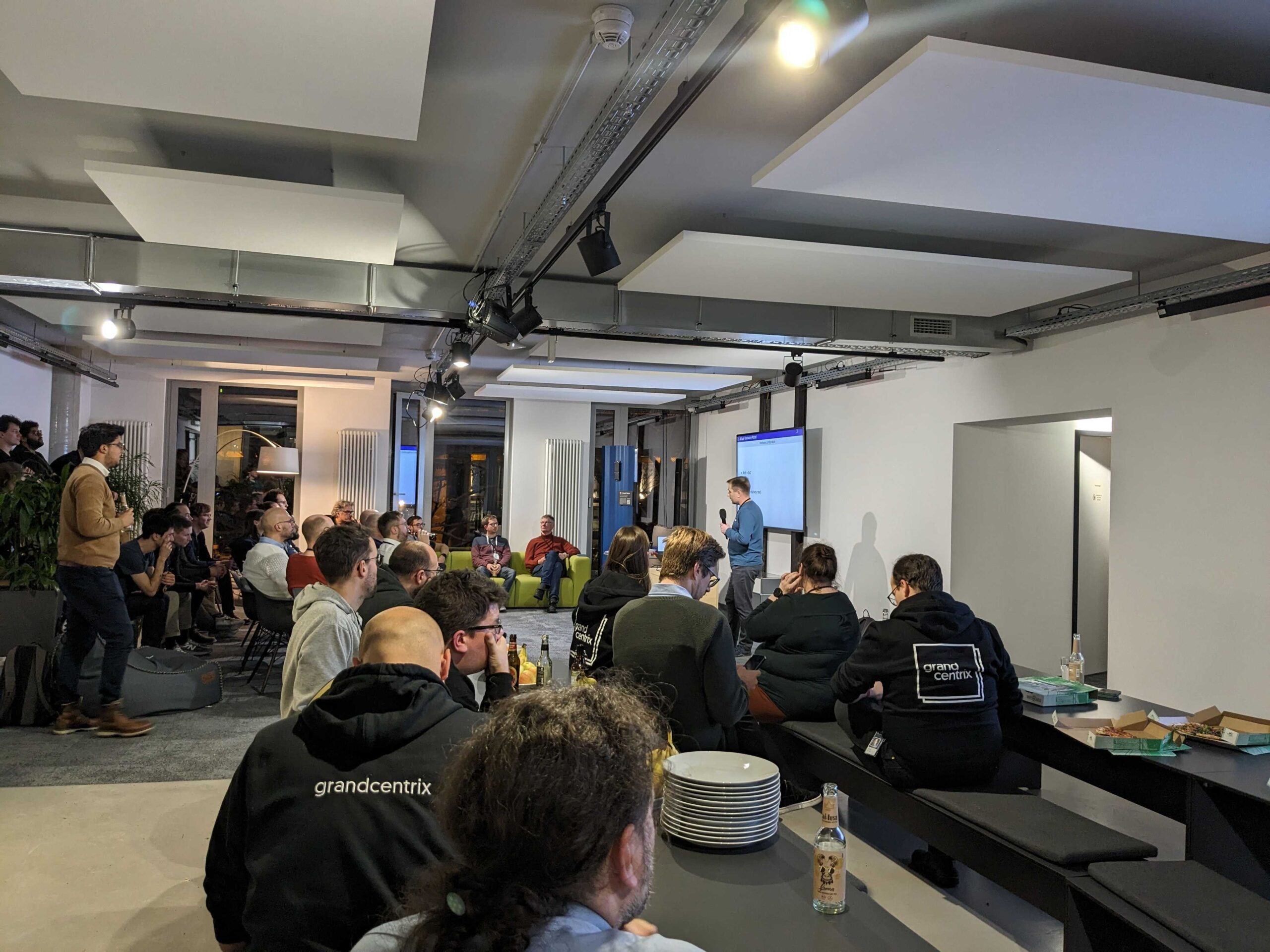
We’re thrilled to share the excitement and success of our recent Zephyr Project Meetup in Cologne, Germany! Organized by Zephyr Project, hosted by the amazing team at grandcentrix, the event was a fantastic exploration into the world of open source, embedded systems programming, and the powerful Zephyr Real Time Operating System (RTOS). The evening kicked off with a warm welcome, complete with delicious pizza and refreshing drinks, setting the stage for an engaging and informative night.
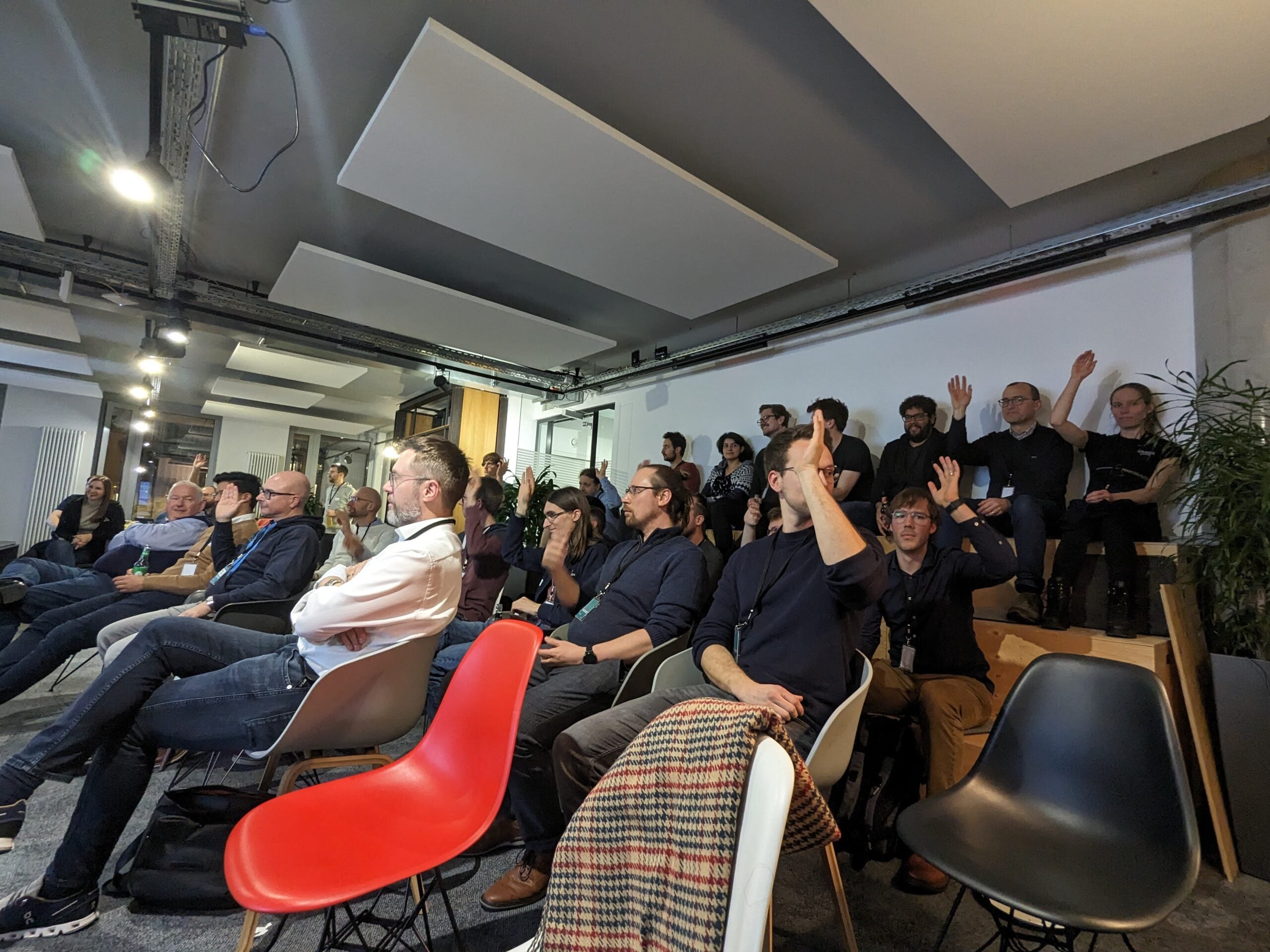
Welcome & Zephyr Project Update by Benjamin Cabé, Zephyr Project, The Linux Foundation
Benjamin Cabé, Developer Advocate from the Zephyr Project, The Linux Foundation, shared the latest updates, offering a glimpse into the exciting developments and future plans for our favorite RTOS. Throughout the talk, Benjamin emphasized Zephyr’s modularity, ecosystem, and support for diverse hardware architectures, including ARM, MIPS, and x86. He also discussed Zephyr’s role in powering devices like wearables, industrial gateways, and even laptops, showcasing its broad applicability. The presentation concluded with an overview of Zephyr’s recent and upcoming releases, emphasizing safety, security, and long-term support. Watch the talk now.
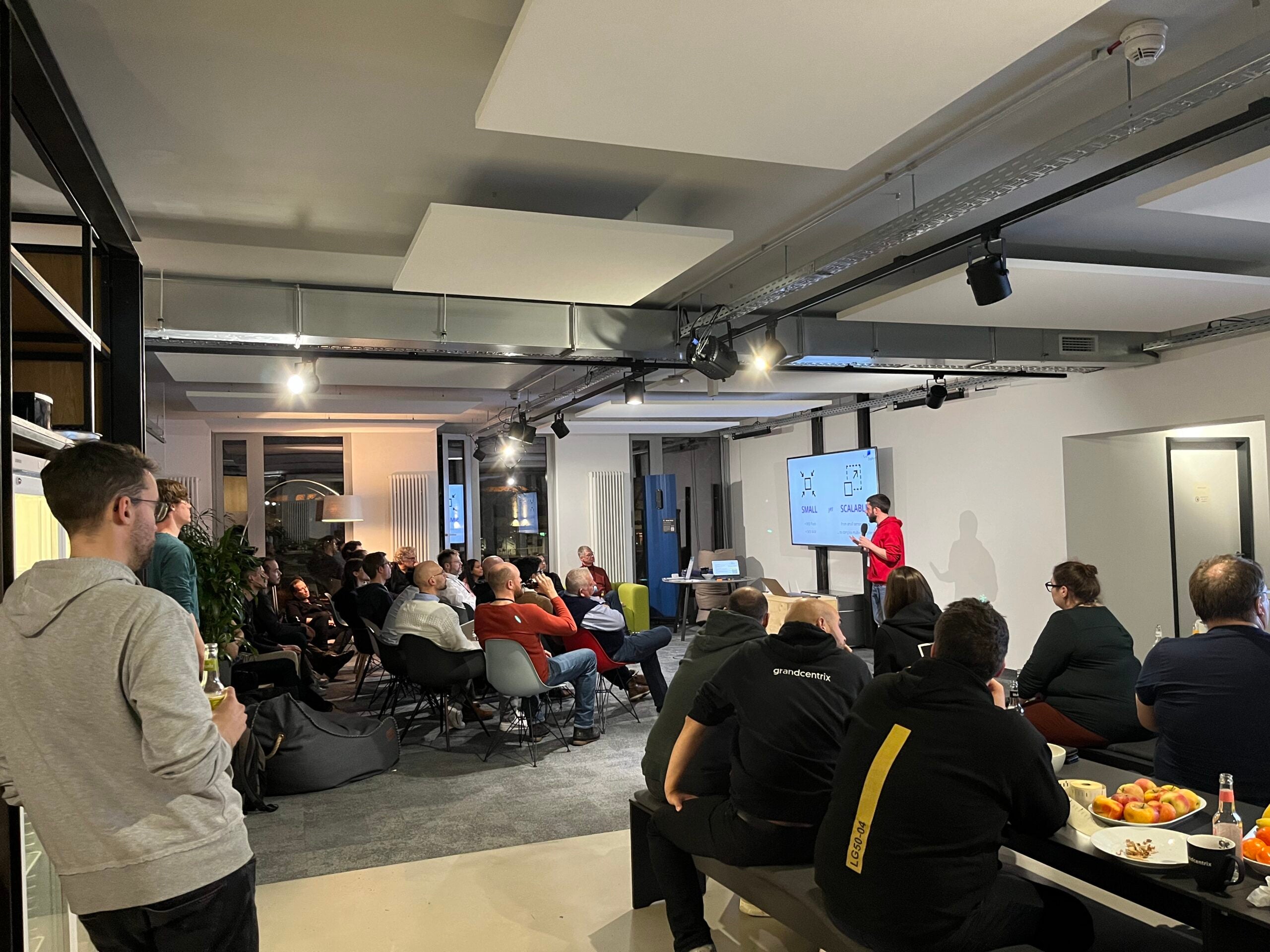
Using Network Buffers in Zephyr without the Network stack by Michael Zimmermann, grandcentrix
We had Michael Zimmermann from grandcentrix sharing his experiences using Network Buffers in Zephyr projects. He explained how net buffers, simple data structures that held buffer and size information, offered flexibility in managing data subsets and facilitated layering protocols for specific client needs. By leveraging net buffers, Michael and his team were able to implement a layered protocol efficiently and elegantly. Despite some limitations like lack of resizing capabilities and thread safety, Michael highlighted the practicality and readability of using net buffers for data management and protocol implementation. The discussions delved into the advantages, missing functionalities, and essential insights for developers. Watch the talk now.
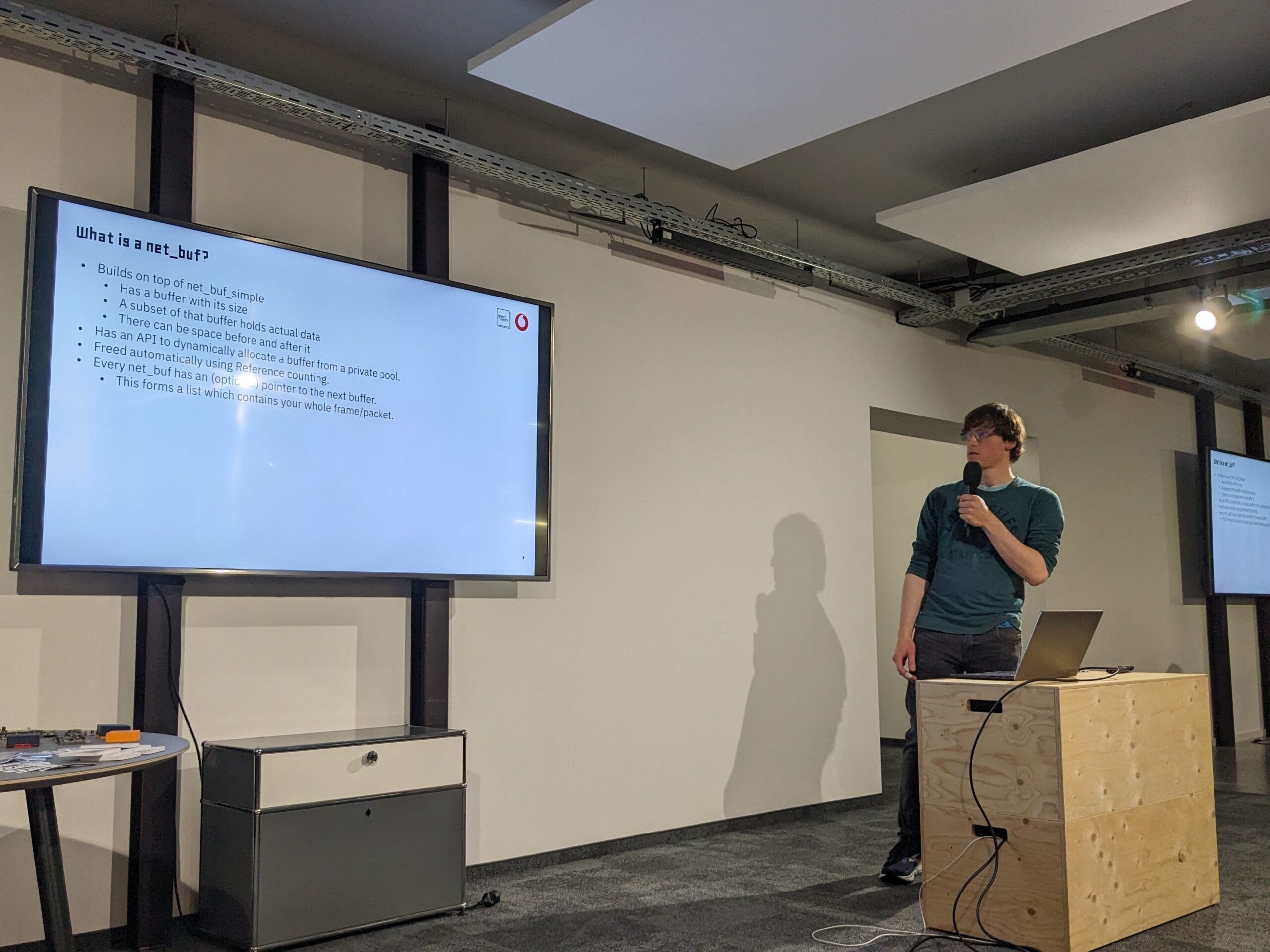
New Hardware Model by Johann Fischer, Nordic Semiconductor
Johann Fischer from Nordic Semiconductor introduced us to the New Hardware Model, offering a sneak peek into the future of SoCs and boards. The focus was on transitioning to a new hardware model (Model B2) from the existing legacy model. The talk delved into the complexities of configuring hardware for specific architectures, addressing issues related to multiple boards, and the need for a more flexible and organized approach.The goal is to achieve greater flexibility in board structure and improve overall project organization. Watch the talk now.
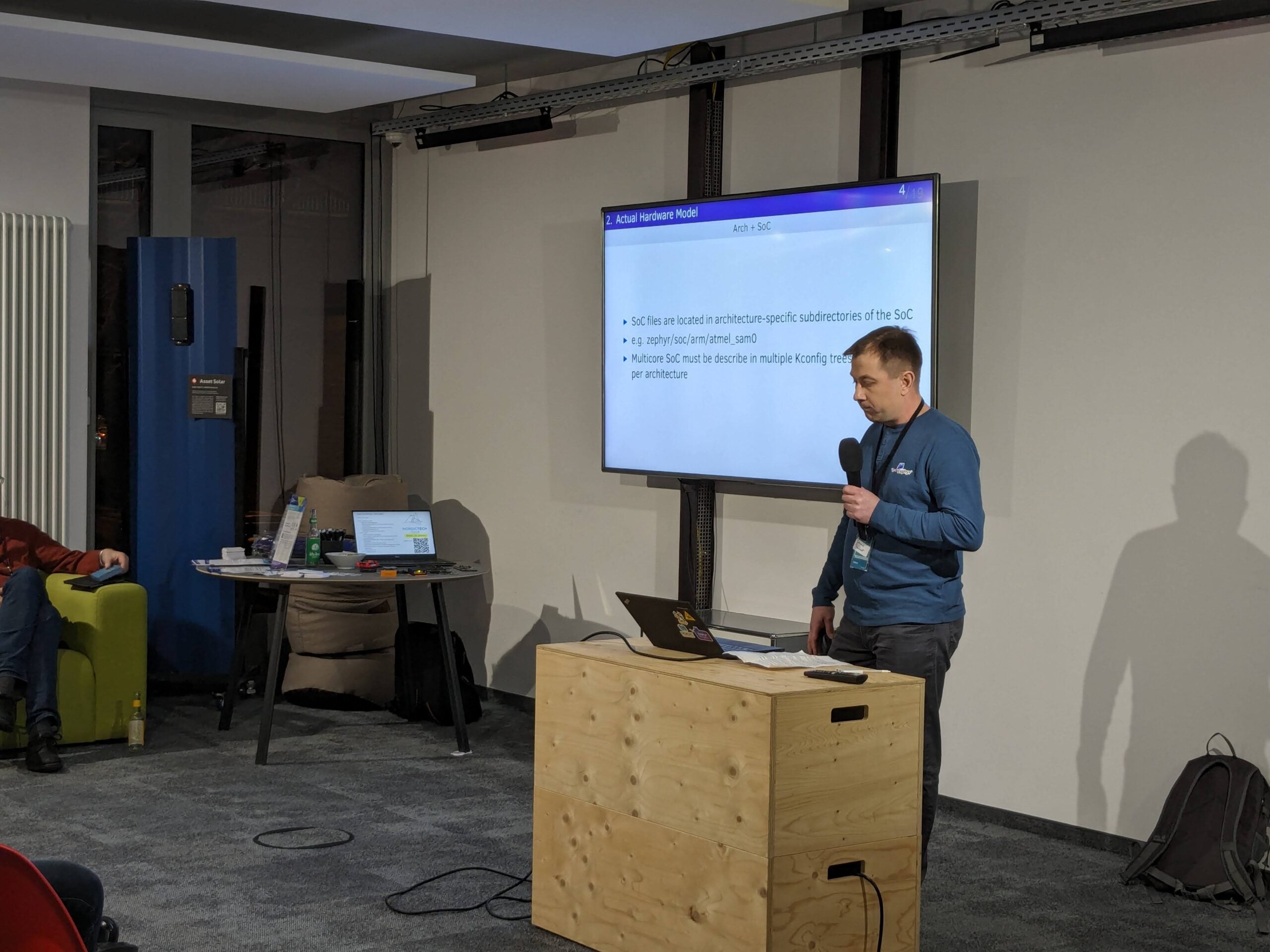
Learning to Walk in the ZephyrOS Ecosystem by Samantha Wojtowicz
Samantha Wojtowicz shared her incredible two-year journey with Zephyr, providing valuable tools and insights for those starting their exploration.She discussed the challenges of managing multiple boards and peripherals in a project and highlights the utility of Zephyr’s device tree and Kconfig systems in streamlining hardware driver integration. Through a detailed example, Samantha demonstrated how device tree bindings and Kconfig options automatically enable hardware drivers, facilitating easy portability across different boards. Additionally, she emphasized the importance of understanding the relationship between project configurations and compiled outputs, cautioning against assumptions and advocating for the use of tools like West meta for comprehensive configuration analysis. Samantha concludes by introducing various West commands and manifest options to efficiently manage project dependencies and configurations. Through practical tips and insights, this talk provides valuable guidance for newcomers navigating the complexities of Zephyr development. Watch the talk now.
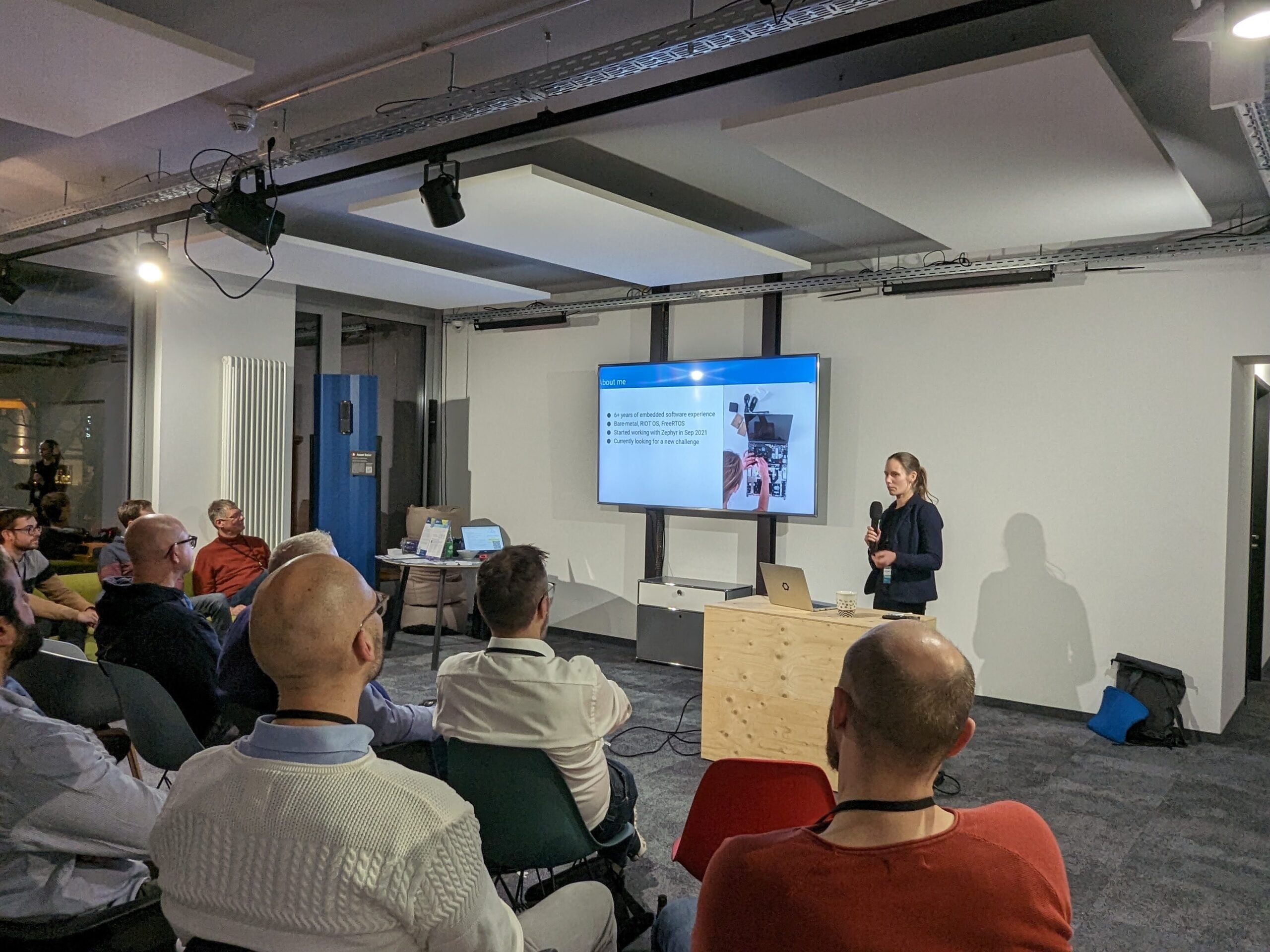
Controlling a Custom Made Keyboard Using Zephyr by Dr. Sven Hädrich, grandcentrix
Dr. Sven Hädrich, grandcentrix took the stage to showcase his use of Zephyr in controlling a custom-made keyboard, a real-world application that highlighted both benefits and challenges. He delved into the intricacies of controlling a custom mechanical keyboard using the Zephyr Operating System. Sven discussed his motivation for the project, fundamental keyboard principles, and the ZMK project which facilitates keyboard customization. He provided insights into the hardware and software implementation, highlighting challenges and solutions encountered along the way. The talk showcased the successful achievement of full keyboard functionality via USB and Bluetooth, emphasizing the seamless integration enabled by Zephyr. Watch the talk now.
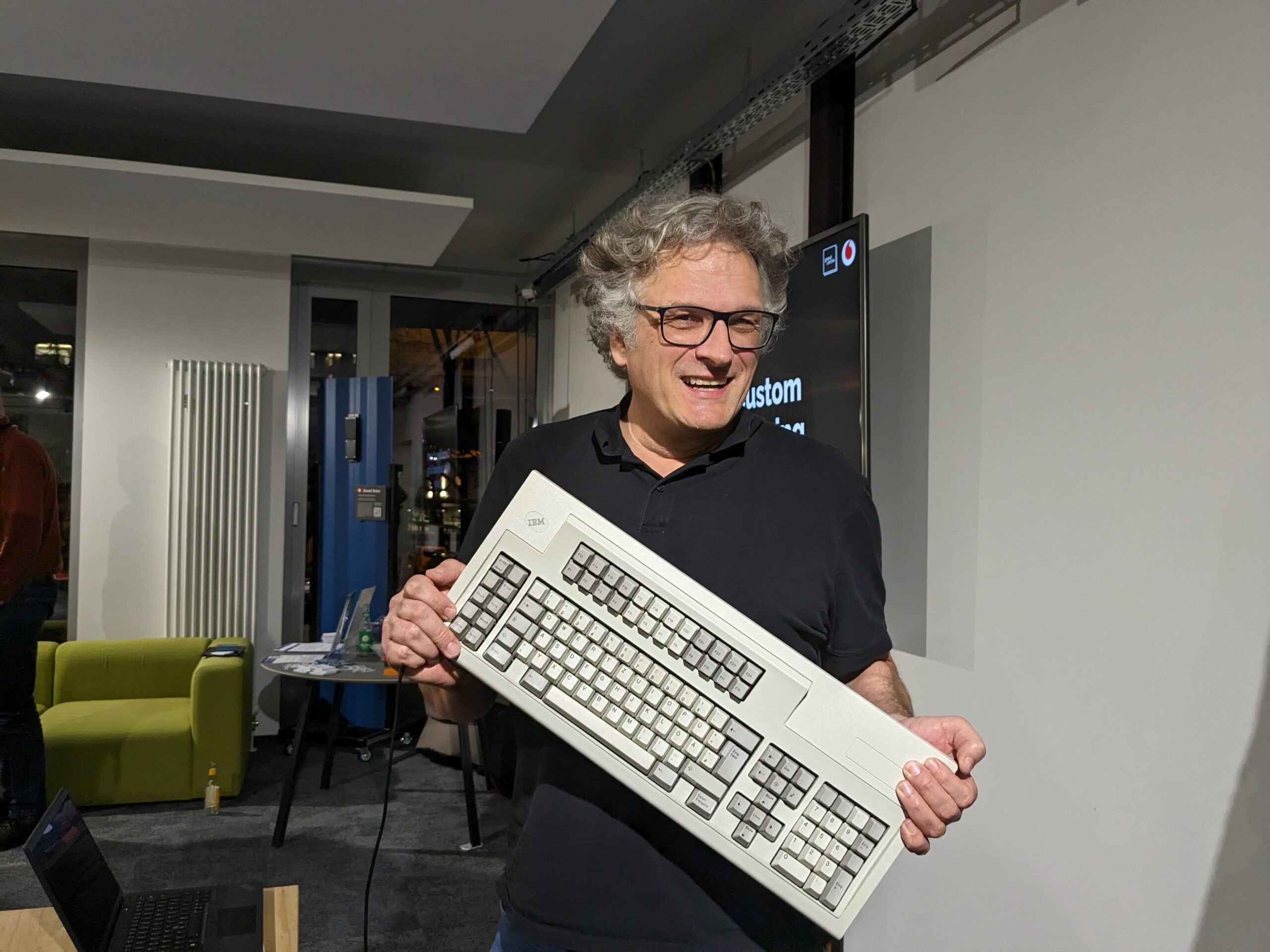
We also heard from grandcentrix about why Zephyr is their operating system of choice. Their journey highlighted how Zephyr’s flexibility, seamless communication protocol integration, and vibrant community make it the perfect match for IoT development.
In addition to the engaging presentations, the networking session was a highlight of the evening. Attendees had the opportunity to connect with like-minded individuals, share their experiences, and forge new collaborations within the Zephyr community.
The event also featured an array of exciting giveaways, including swags from the Zephyr Project, free boards from Nordic Semiconductor, and Zephyr kites from the Zephyr Project.
A massive shoutout and thank you to everyone who attended, spoke, and contributed to the success of the meetup.
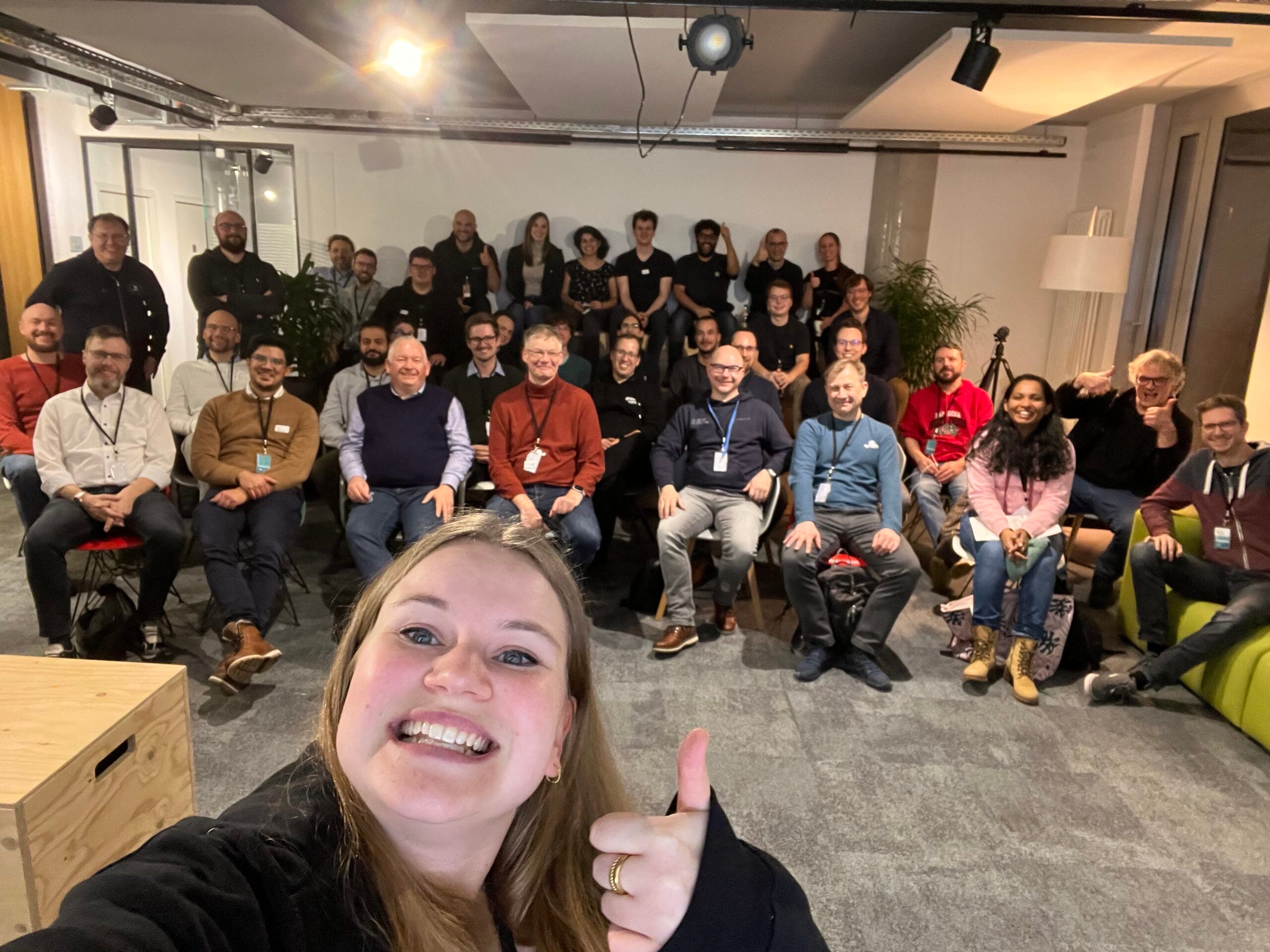
For those who couldn’t attend the event, we’re excited to announce that all the talks were recorded and are now available on YouTube! Whether you missed a session or want to revisit your favorite presentations, you can now watch them at your convenience.Please check here to watch the sessions.
Stay tuned for upcoming events. And if you’re as excited about Zephyr as we are, consider hosting an event in your city.
Reach out to us and explore how you can bring Zephyr to your community and make a difference in the world of IoT development.
To keep up to date about the project, subscribe to the Zephyr quarterly newsletter or connect with us on @ZephyrIoT, Zephyr Project LinkedIn or the Zephyr Discord Channel to talk with community and TSC members.